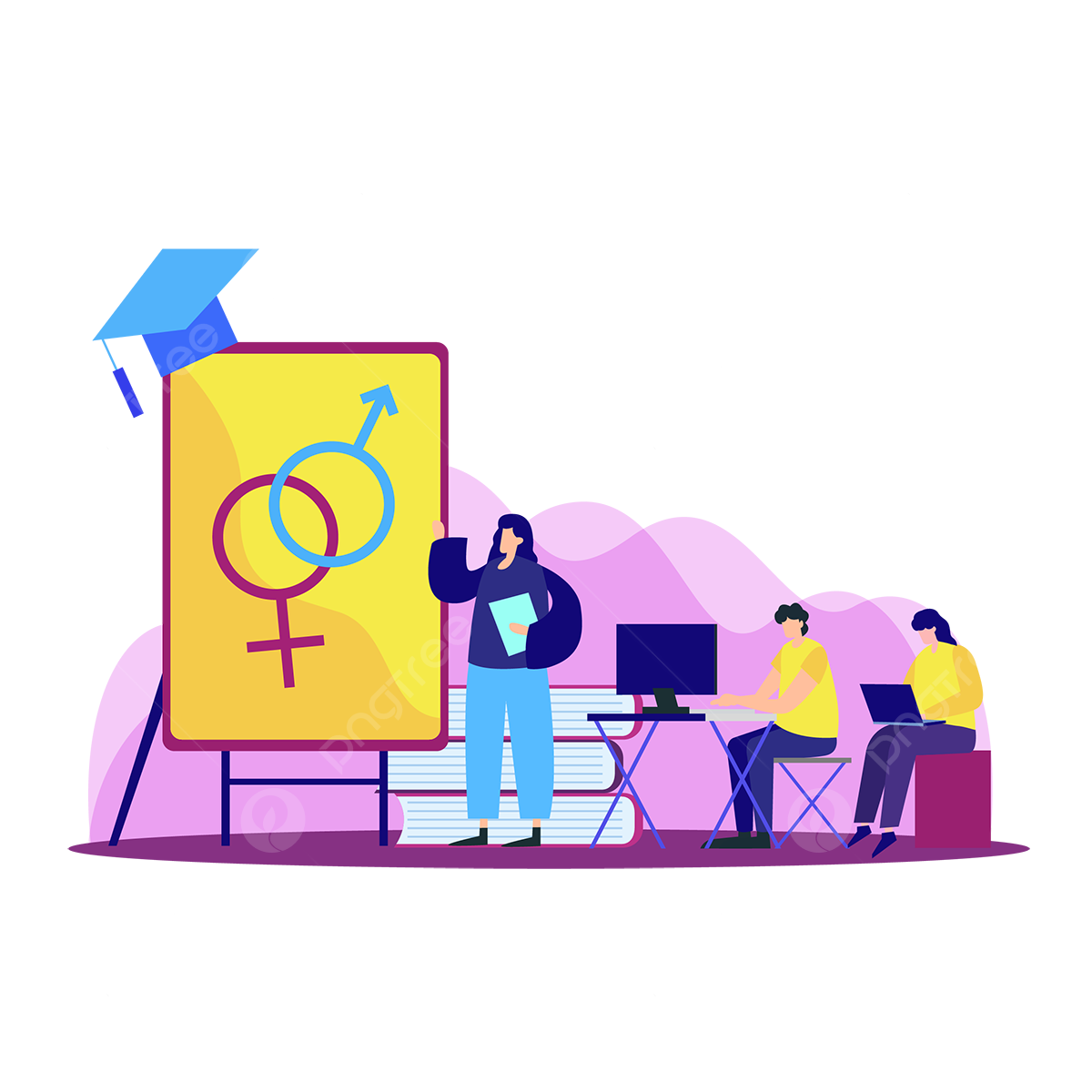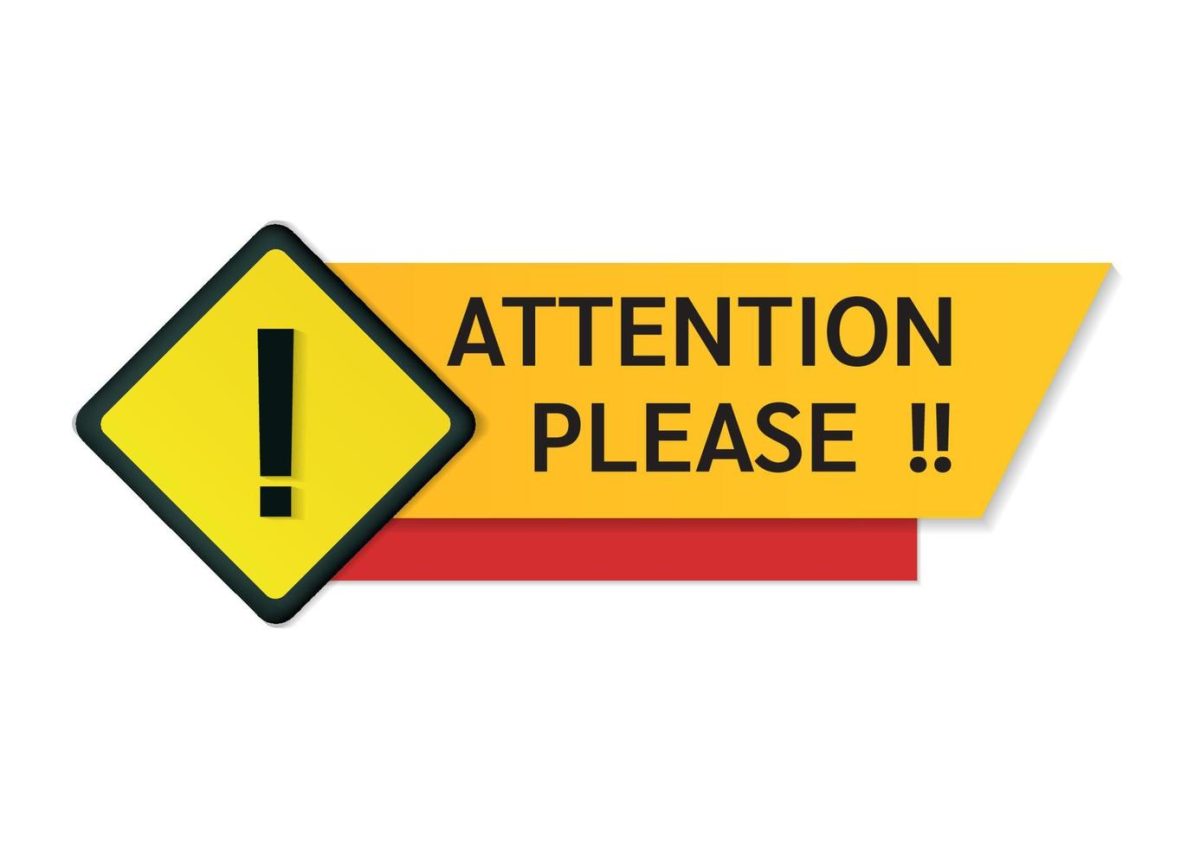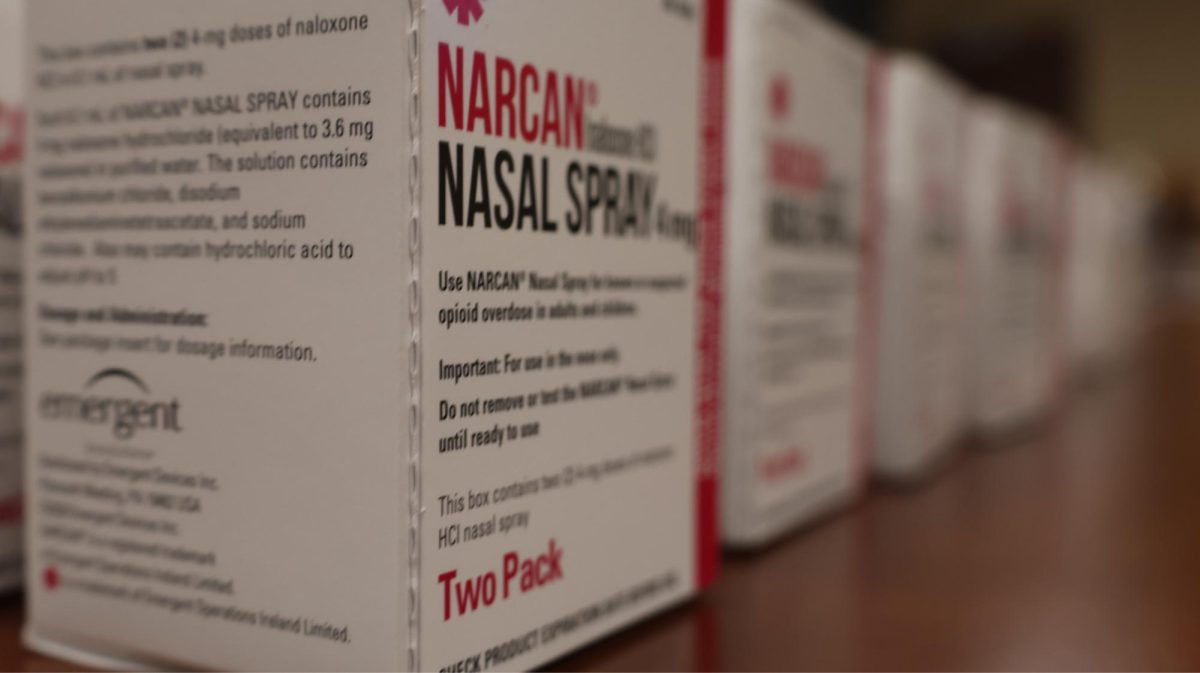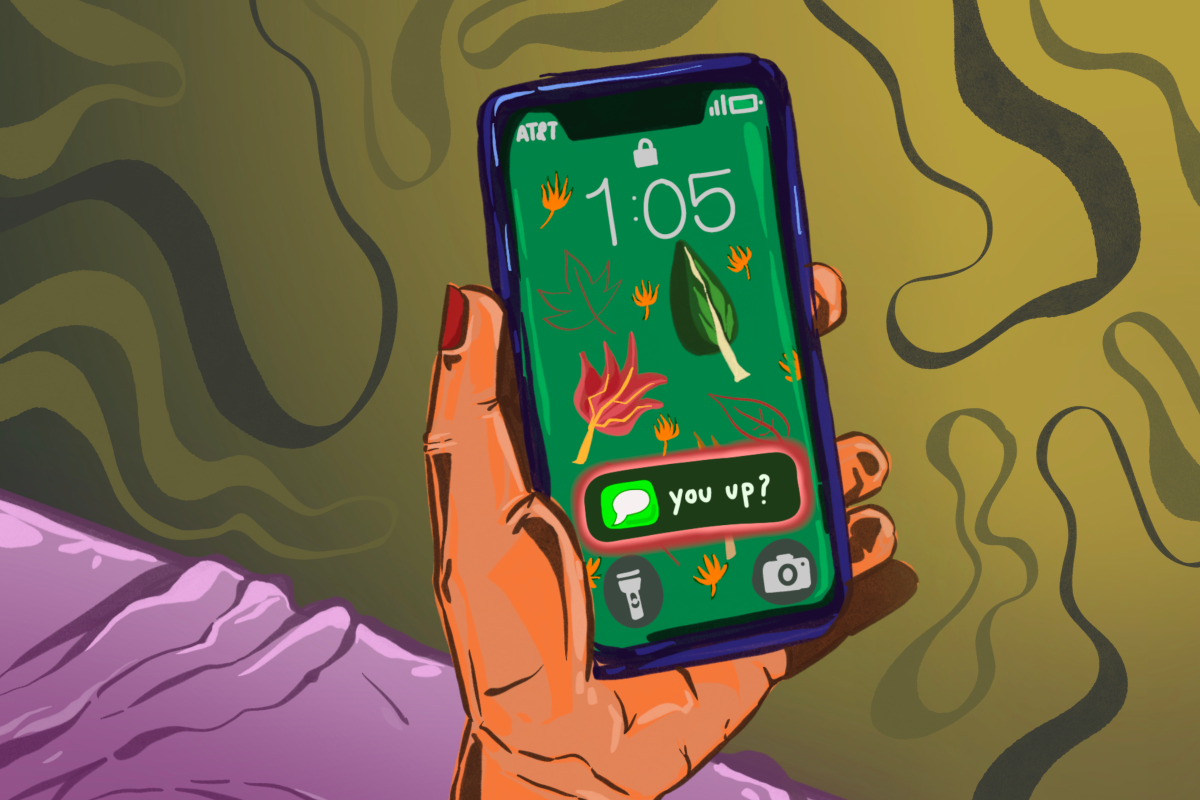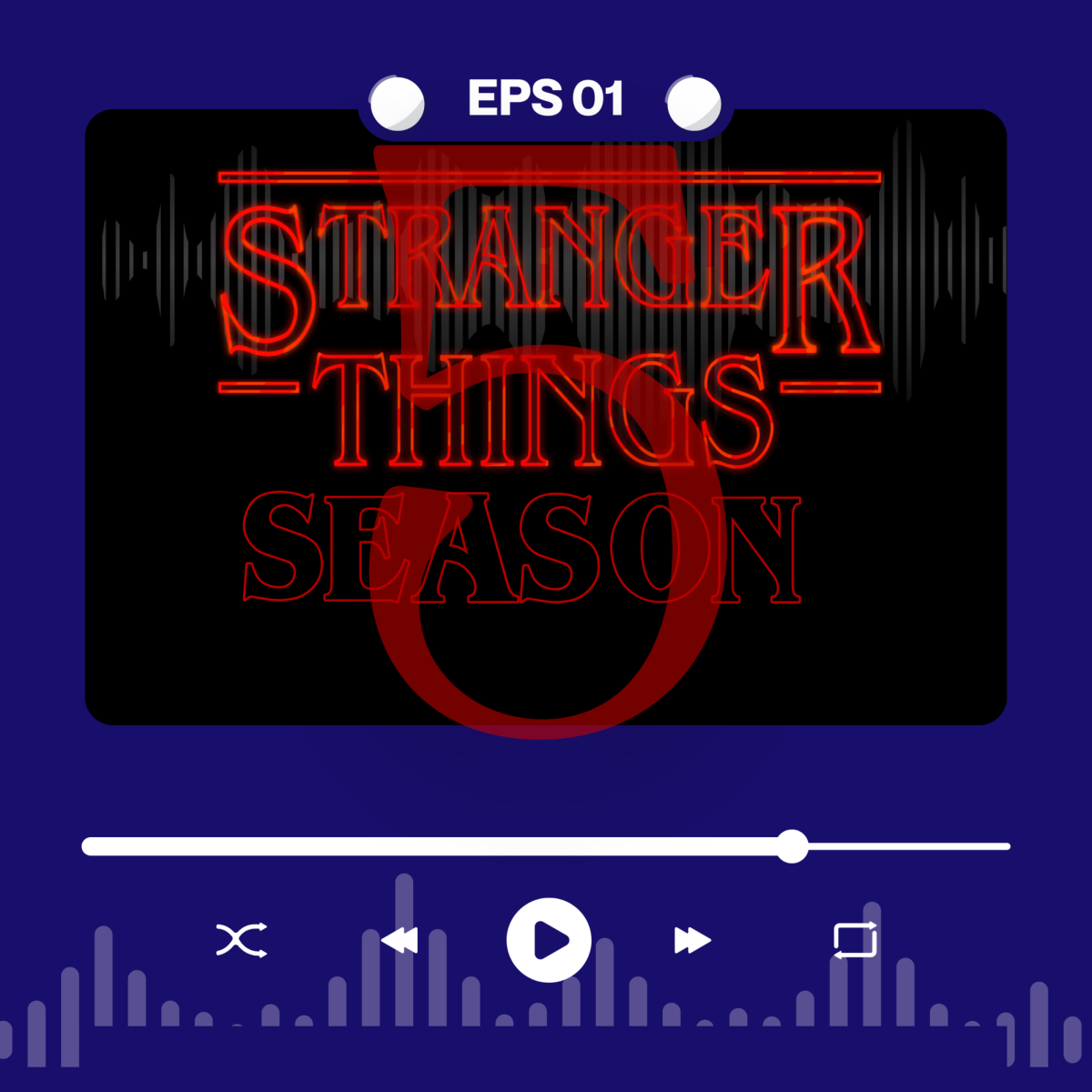Seasonal depression is caused by the change in seasons and usually begins and ends around the same time each year. Usually occurs in climates that have less sunlight at certain times on the year.
Some self-diagnosable symptoms include fatigue, depression, hopelessness, and social withdrawal. Some people may also have changes in mood (anxiety, apathy, general discontent, loneliness, loss of interest, mood swings, or sadness), change in sleep (excess sleepiness, insomnia, or sleep deprivation), whole body symptoms include appetite changes or fatigue. Behavioral symptoms are irritability or social isolation. Along with common symptoms including depression, lack of concentration, or weight gain, stress, unexplained aches and pains, use of drugs or alcohol for comfort. Risk factors: your gender (3 out of 4 women suffer from SAD, men often experience more severe symptoms), your age (winter SAD is first diagnosed in people who are 18-30 year of age and is less likely to occur as you get older), and finally your family history (having relatives who have experienced SAD or other types of depression puts you at a higher risk)
There are three types of treatments, self-care, therapies, and medications. Self-care treatment can be just exercising for 20-30 minutes 5 days a week, this improves cardiovascular health. For therapies, there are three options, cognitive behavioral therapy, which is a talk therapy focused on canceling negative thoughts, behaviors, and emotional responses associated with psychological distress. Chronotherapy, going to bed at a later time each night, all the way around the clock, until the person’s sleep schedule is reset to back to normal. Light therapy is exposure to lights using a device called a light box, which mimics sunlight. As for medications, there are only two options, which are SSRIs (eases symptoms of depressed mood and anxiety) and antidepressants (medications designed to help relieve symptoms of depression, some antidepressants have some other uses)
There’s not really a specific, clear cause of seasonal affective disorder, but less sunlight and shorter days are thought to be linked to the chemical change in the brain, may be part of the cause of SAD. Melatonin, a product to help sleep, also can be linked to SAD.
Self-help for SAD tips:
- Get as much natural sunlight as possible. Take a short walk outdoors, have your coffee outside if you can stay warm enough. INcrease the amount of natural sunlight in your home and workplace by opening the blinds or curtains and sitting near a window. Last but not least, some people find that painting the walls a lighter color or using daylight bulbs help fight winter SAD
- Exercise regularly – it can be effective as medication. Find exercises that are continuous and rhythmic. Aim for 30-60 minutes of activity a day (walk the dog)
- Reach out to family and friends – let them help. Call an old friend and meet for coffee (catch up on things), or reach out to someone new like a colleague or neighbor, be the one who breaks the ice about being awkward. Join a support group, there’s other people who struggle like you, talking to someone who understands can help you feel less alone.
- Eat the right diet
- Take steps to deal with stress. Figure out the things in your life that stress you out the most, for example, work, or unsupportive relationships, make a plan to avoid or minimize their impact. Practice daily relaxation, helps manage stress and reduce negativity, also try yoga, meditation, or progressive muscle relaxation. Do stuff you enjoy everyday
Remember: YOU ARE NOT ALONE.

